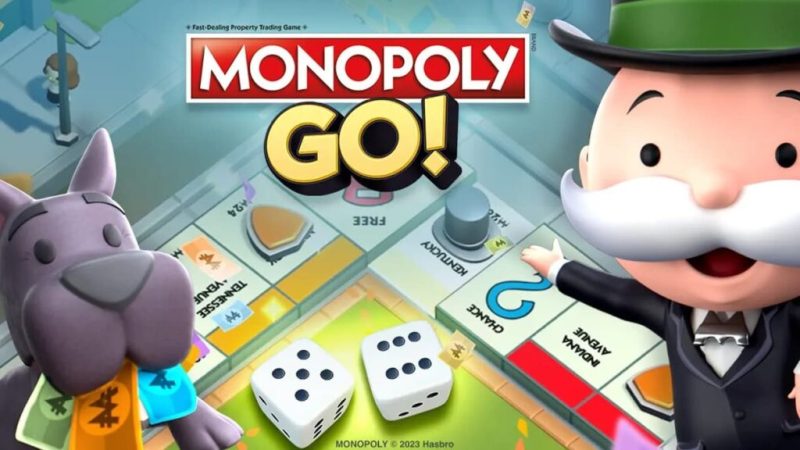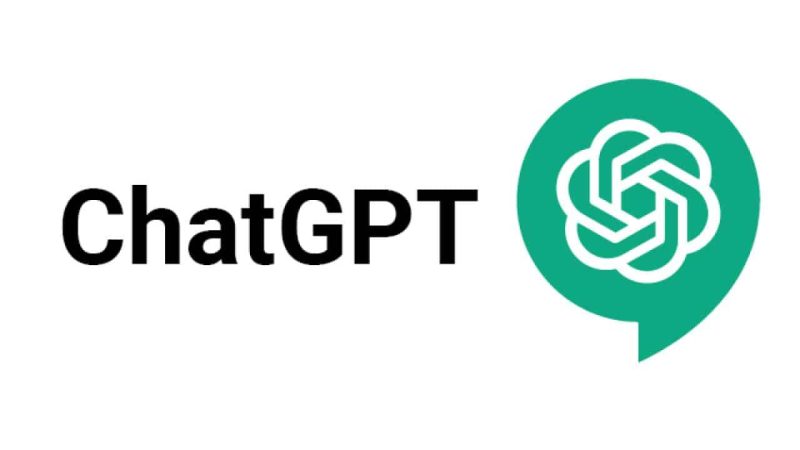LGBTQ+ representation in video games and why it’s important

|
Getting your Trinity Audio player ready...
|
In recent years, we’ve seen an increase of the LGBTQ+ representation in media: tv series, movies, books, etc. However, there remained one who didn’t seem to follow this evolution: video games. While there were LGBTQ+ characters, they usually were portrayed as villains, died in awful circumstances, or served as comic relief. Until now.
While there is still much to do in terms of representation (not only of LGBTQ+ people but also people of colour and disabled people), the situation is progressively getting better, as small steps are taken every day. Down below, I’ll list a few examples of LGBTQ+ characters in recent video games, talk about the awards that were created to celebrate this representation, but also explain why this representation is important.
Examples of LGBTQ+ characters in video games
- Ellie from The Last of Us: In the DLC called Left Behind, Ellie kisses a girl named Riley, and in the trailer for The Last of Us part II, where Ellie is now the main character, we see her kissing Dina, her girlfriend, who remains an important character in the game. Ellie is an extremely important character for LGBTQ+ representation, because there isn’t a lot of queer main characters. They’re usually secondary characters, with more or less importance to the story depending on the game.
- Alex from Life is Strange: True Colors: In Life is Strange’s newest opus, the heroine, Alex, is a bisexual woman, and the player gets to decide whether she develops a relationship with a man or a woman. Alex is far from being the only LGBTQ+ character in the Life if Strange games. We can cite Chloe, Max, Sean, etc. In total, there are 11 LGBTQ+ characters in the franchise so far.
- Birdo from Mario Bros: Birdo is actually the first trans character in the history of video games. In Super Mario Bros. 2’s English manual, Birdo is described as ‘a boy who thinks he’s a girl’, and would rather be called Birdetta. However, later releases of the game don’t mention this, most likely for marketing reasons. As time passes and society becomes more accepting, maybe Birdo’s trans identity will be shown once more.
- Flynn Fairwind and Mathias Shaw from World of Warcraft: Flynn Fairwind is a secondary character introduced in the Battle for Azeroth expansion. One particular story quest involves him and Spymaster Mathias Shaw, and some players speculated that something was brewing between the two of them (even more so when, at the end of the expansion, Shaw is seen talking to Valeera Sanguinar about how ‘there is someone [he] would like to… get to know better’)
The novel Shadows Rising by Madeleine Roux sees the pair’s relationship evolve as they do in fact get to know each other more, and ends with Shaw asking Flynn to meet him in an inn to discuss something.
Sometime later, the short novel Terror by Torchlight, written by Christie Golden, was released, centred around Flynn and Shaw going on a mission together. The novel ends with them sharing a kiss, and since then, there has been another book where they appear together: Exploring Azeroth: the Eastern Kingdoms.
With the introduction of the new in-game activity, the Trading Post, players can also see Flynn coming to the Trading Post because he wants to adopt a pet to surprise Shaw and help him unwind after work.
It is refreshing to see Blizzard fully committed to their relationship, both in and out of game, especially since they’ve clearly been making efforts to be more inclusive in the past years.
Indeed, in the Shadowlands and Dragonflight expansions (but also in older content!), there is a plethora of queer characters that players interact with, notably Pelagos, a transgender man, voiced by a transgender man, Elliot Fletcher. There are also lots of quests involving queer couples: we help a Kyrian propose to her girlfriend in Bastion, in Ardenweald we learn more about the Night Warrior thanks to Qadarin and Thiernax, in the Waking Shores we help a gay couple save an ecosystem while they bicker like the old married couple they are, and we also help a man craft a gift for his husband.
Finally, thanks to the short story Visage Day from the book Folk and Fairy Tales of Azeroth, we learn that Chromie, whose dragon name is Chronormu (a male name) chose her name because she thinks it fits her well, revealing that she is transgender.
In an interview from 2020, lead narrative designer Steve Danuser stated that ‘I think that Azeroth is a world of magic and a world of possibilities, and one of the things that’s really important to know is that, in Azeroth, you can love who you want, you can identify yourself the way that you want, and all of those things are possibilities.’
There are more LGBTQ+ characters in video games, such as Tracer from Overwatch, or more recently, Aloy from Horizon Forbidden West (in its newest DLC Burning Shores).
Awards for LGBTQ+ representation in video games
We can cite GLAAD’s Outstanding Video Game Award, given during their GLAAD Media Awards ceremony, and which was given to Life is Strange: True Colors in 2022. World of Warcraft was nominated in 2021 for their ‘new standard of inclusivity’ thanks to the Shadowlands expansion, though the award went to The Last of Us part II and Tell Me Why.
We can also cite the Gayming Awards, created in 2020, which include categories such as ‘Best Character’ or ‘Best Story’. Awards are also given to developers themselves, such as the Industry Diversity Award, which celebrates the studios that have worked to encourage diversity in their workplace.
Nominees in 2023 include games such as I Was A Teenage Exocolonist, Saints Row, and SIGNALIS.
Why is representation important?
Representation is important because it normalises LGBTQ+ identities (which are normal and should be treated as such). Of course, it might be hard for some people to understand why more representation is needed, when they’ve never had this problem and have always seen people like them in media.
But for an LGBTQ+ person, whom for some have little to no support in real life, representation is vital. It shows them that their identity is valid, that they’re not alone, and that, just like everyone else, they can be heroes and do great things. As an LGBTQ+ person myself, I cannot begin to explain how overjoyed I am whenever I see queer characters in the games I play. It makes me, and other LGBTQ+ players, feel like we belong in the game, and that we matter.
Representation is also important because it makes the world more real. An imaginary world where every character has the same identity wouldn’t be believable, because that’s just not how it works. Humans (and living beings in general) are all different, and those differences need to be shown and celebrated, both in video games, and in real life.
I think that, all in all, the answer to ‘why is representation important?’ is quite simple: because we all deserve to be seen.






